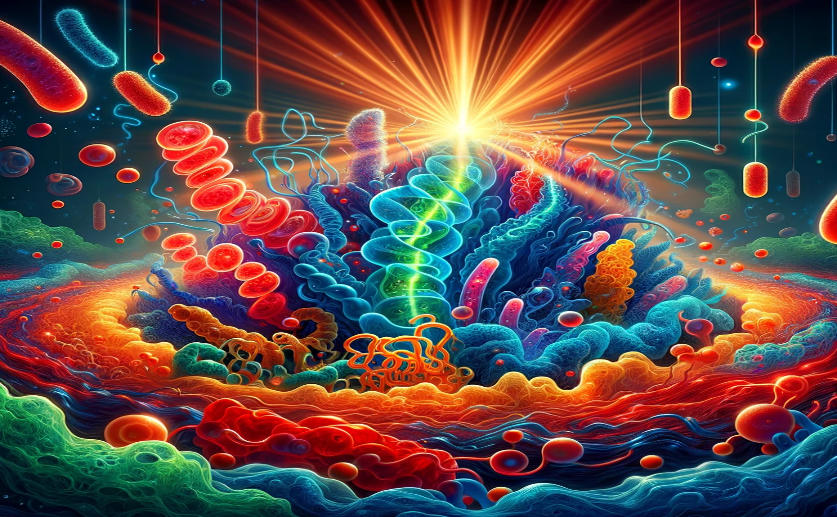
This archived news article is over 5 years old.
Scientists Discover How Phytochromes Signal Light Sources to Bacteria and Plants
Joanna Lawrence
15th August, 2016


Joanna Lawrence
15th August, 2016
